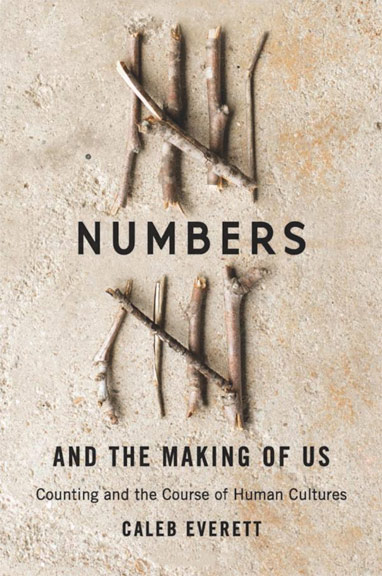
Organizing Our Experience:
Basic Awareness and Behavioral Language
Evolution can be viewed as a process of problem solving, of creative responses to environmental challenges. No wonder then that communication—from the most basic behavioral signal to complex analytical models—emerges as the most significant tool. The current work to unravel the deepest historical roots and fundamental building blocks of communication may well give us keys to addressing the critical challenges of our time.
Here we use the word language broadly to mean any system of communication: that is, any system for transferring information from one party to another. This includes body language and mathematics, as well as speech and writing. It includes communication among animals, between humans and animals, and between humans and objects such as clocks or computers.
People use languages to express their experience. However, each language is uniquely adapted for expressing only certain parts of our experience and is less effective for describing other parts. We cannot completely describe a painting in words, or describe emotions with numbers. And because experiences differ widely from one culture to another, we cannot completely express the concepts and nuances of one culture in the languages of another. The Ohlone Indians of the western United States, who had a stable population for 5,000 years before the Spanish arrived, had no word for “famine,” presumably because they had never experienced that condition.
To refine the notion of language further, we call symbolic a language that represents information in the abstract, outside of its immediate context. For example, we can understand the word “five” or the digit “5” as symbols in a loose collection of ideas involving quantity, size, order or appearance, regardless of whether we are counting, measuring, writing, comparing or describing anything at the moment. The concepts, “It’s shaped like a 5,” and, “It will take five days,” are related only distantly.

In common with other animals and most probably with our early hominid ancestors, we use behavioral language to communicate our most basic type of awareness. This is when we perceive something in real time as it is occurring and, without reflection, communicate it. Laughter, and other emotional reactions are good examples; and, of course, many species have languages for warning each other of danger. Behavioral language doesn’t have to be premeditated. Taking off your jacket or loosening your collar can show others that you feel too warm, whether you are aware you have communicated this or not; a frown, shake of the head, or slight shrug of the shoulders, can reveal disagreement.
…this prototype of our capacity for language may well have originated with the last common ancestor we shared with chimps.
It is generally thought that animals in the wild only communicate behaviorally about immediate experience, and that the sounds they emit have little in common with human speech. They appear to be involuntary sounds, mainly under emotional control – chimpanzees can’t help the sounds they make when the see a predator or a source of food, and they will make these sounds even if nobody is around.
However, a study of two groups of chimpanzees suggests that chimps are able to communicate rather than just be governed by their emotions. One group from Holland joined another from Edinburgh. The study found that as social bonds between the two groups developed, the Dutch group changed the grunts they made to refer to specific foods, using the same sound that the Scottish group uses, enabling both groups to communicate with each other. Of course, it’s hard to say whether the change is in “accent” or in “word” but as Dr. Katie Slocombe, the paper’s author suggests, it implies that vocal learning is much older than we thought, and that this prototype of our capacity for language may well have originated with the last common ancestor we shared with chimps.
And a recent study of nine chimps living in the Taï forest of Côte d’Ivoire in West Africa may lead to a more complex understanding. It found that these chimps modified the pitch of their call according to the fruit they located and the size of the trees on which they found their favorite fruit. According to the study’s co-author Christophe Boesch “This study highlights the often neglected contribution of ecological complexity as a driving force for flexibly modulated animal vocal communication, and potentially also for the advent of language within our own hominoid ancestry.”

The First Word
The Search for the Origins of Language
Christine Kenneally
Human communication depends on the same genetic foundations as other animals. Some were born with a greater inclination to collaborate, forming the symbolic communication of language.

Numbers and the Making of Us
Counting and the Course of Human Cultures
Caleb Everett
Numbers, says Everett, are a key linguistic innovation that has distinguished our species and reshaped human experience.
In the series: The Evolution of Language
Related articles:
Further Reading
External Stories and Videos

Straight Talk for White Men
Nicholas Kristof, New York Times
Evidence is overwhelming that unconscious bias systematically benefits whites and men.
